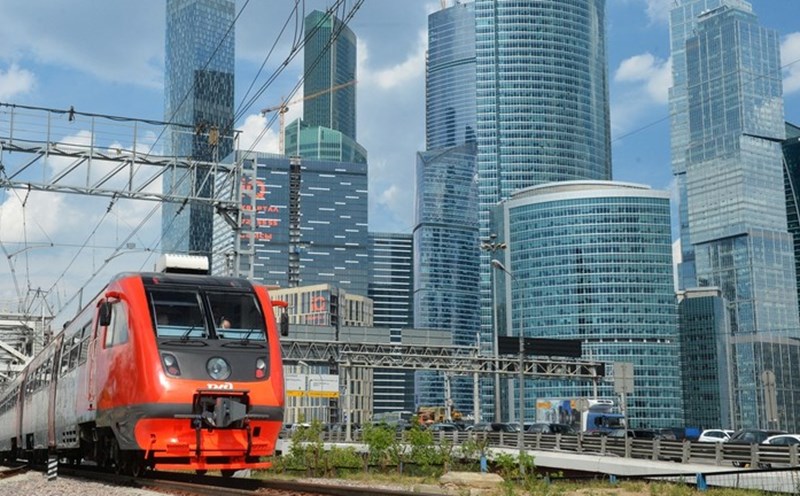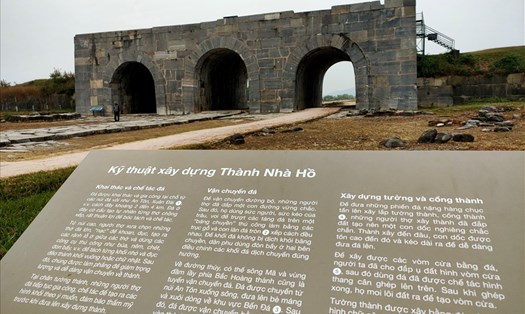Accordingly, the People's Committee of Thanh Hoa province has just approved a project to preserve, renovate, restore and embellish a number of construction items in the World Cultural Heritage City of Thanh Nha Ho (in Tay Do commune, Thanh Hoa), with a total investment of more than 354 billion VND.
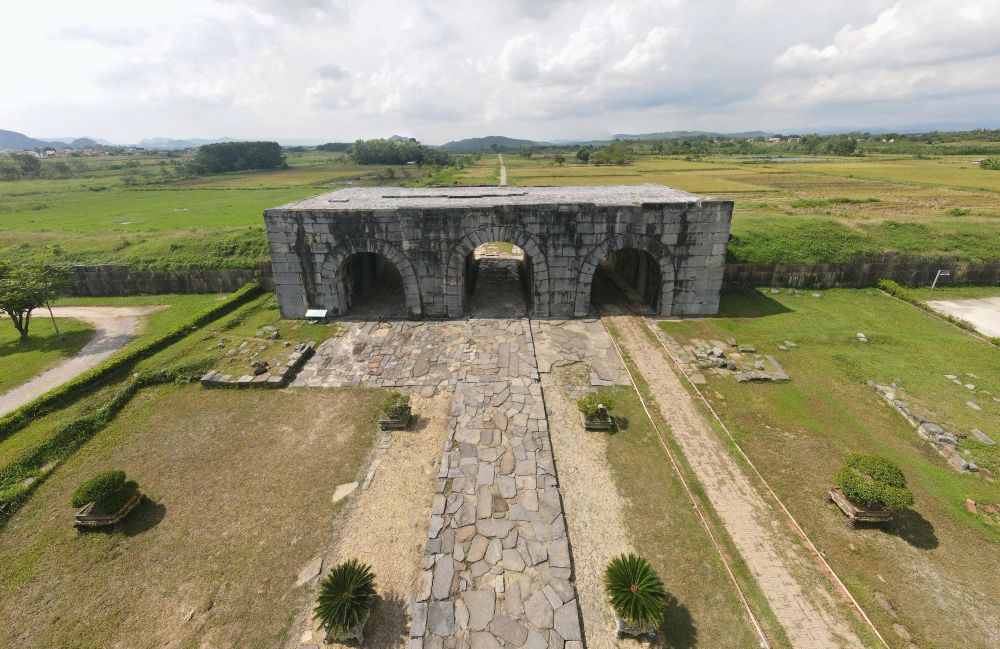
According to the representative of the Ho Dynasty Citadel Heritage Conservation Center, this is the largest restoration and embellishment since the heritage was recognized by UNESCO as a World Cultural Heritage in June 2011.
The project will be implemented in the period of 2025-2028. In particular, in the period of 2025-2027, the Hoang Nguyen Archaeological Exhibition Area will be focused on renovating; renovating and restoring the Southern City (including the City of Wei); renovating and restoring the Royal Road; renovating and preventing the Southern Gate from leaking; building internal traffic roads, landscape trees, lighting and technical infrastructure.
In the 2027-2028 period, continue to restore and embellish Dong Thai Mieu, Tay Thai Mieu and Nam Thanh Bridge. The capital source for project implementation comes from the central budget and the provincial budget.
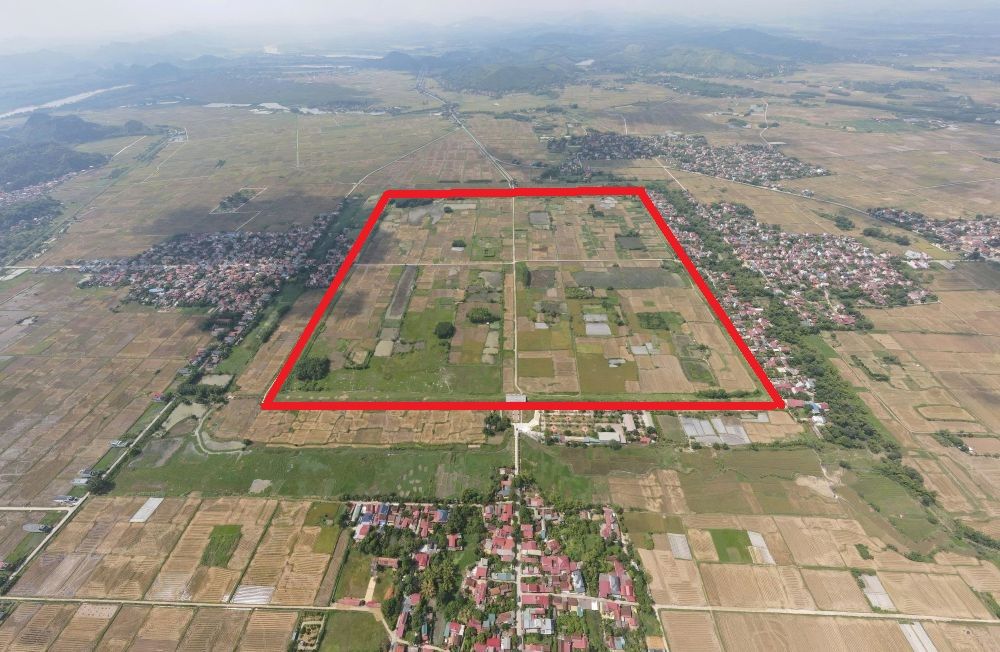
In addition, the project will renovate the Royal Road axis with a total length of 615.7m. The restoration is carried out according to the principle of respecting the scale and elevation of the roadbed and original materials and making the most of the original road slides and foundations; only supplementing and restoring the defective, subsidence, and damage areas according to the original scale and materials. The main material for road restoration is green stone, similar to the original material.
For the Southern Gate area, the project will remove the green stone and cubic stone layer, remove the current water lining and embankment, and widen the embankment to 400mm. The wall surface at the East, West, North and South gates will also be waterproofed, cleaned, and pumped with glue to cover the mortar vessels.
Images of the ancient stone citadel before the major renovation:
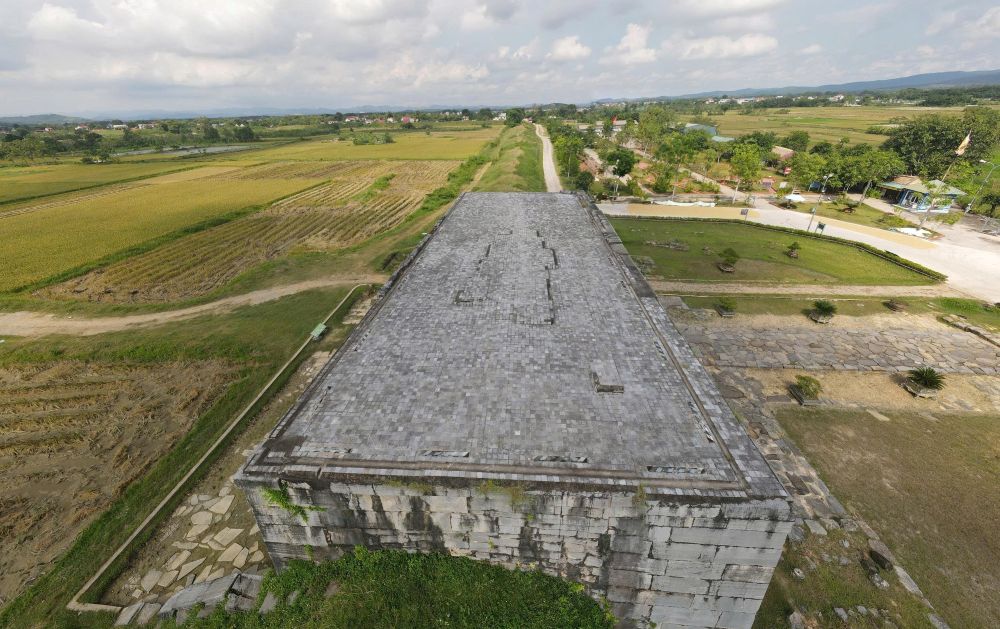
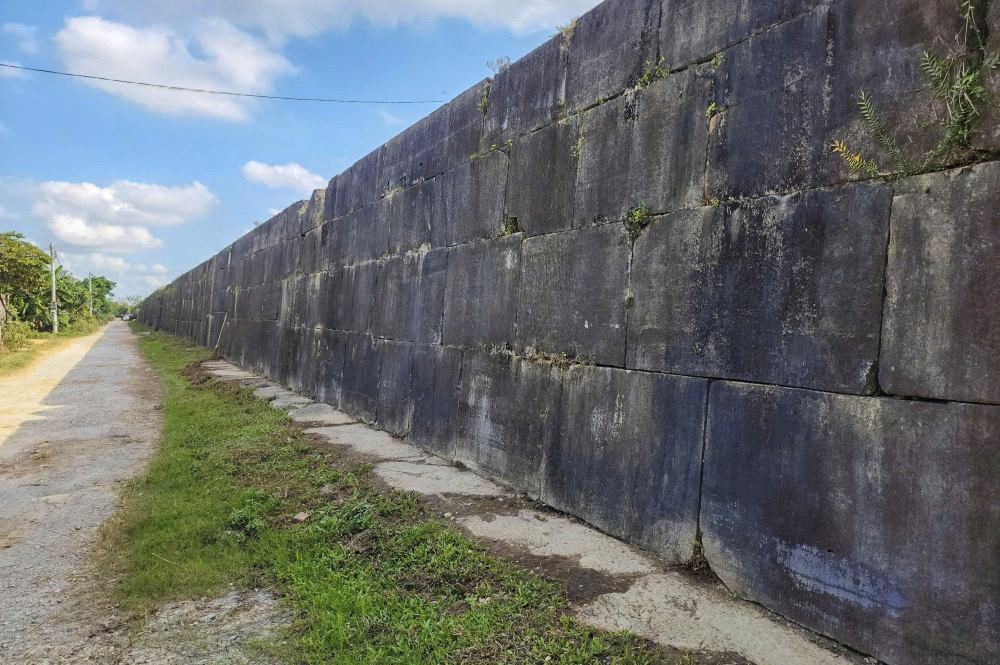
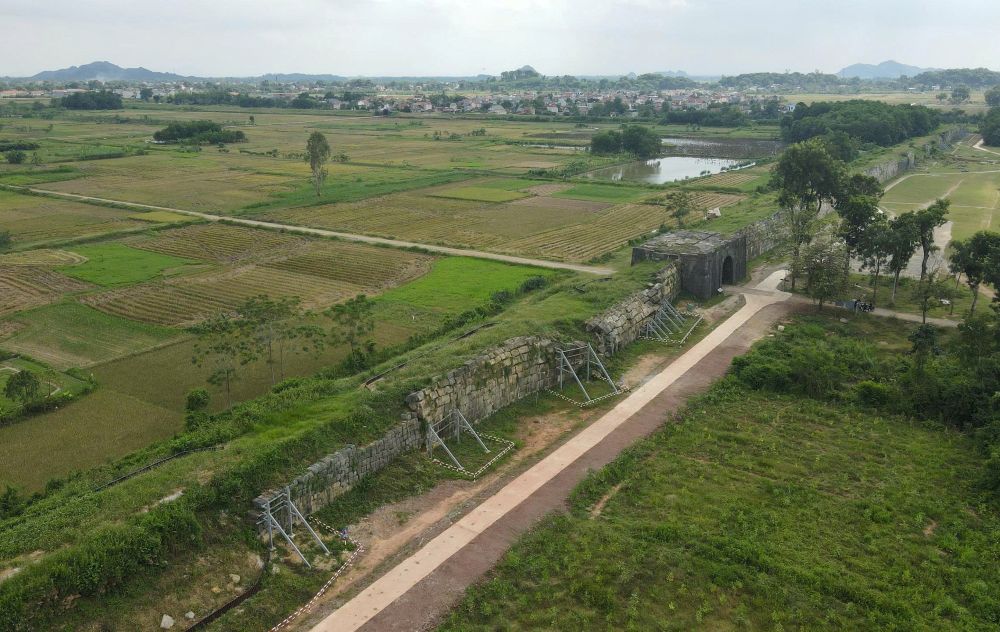
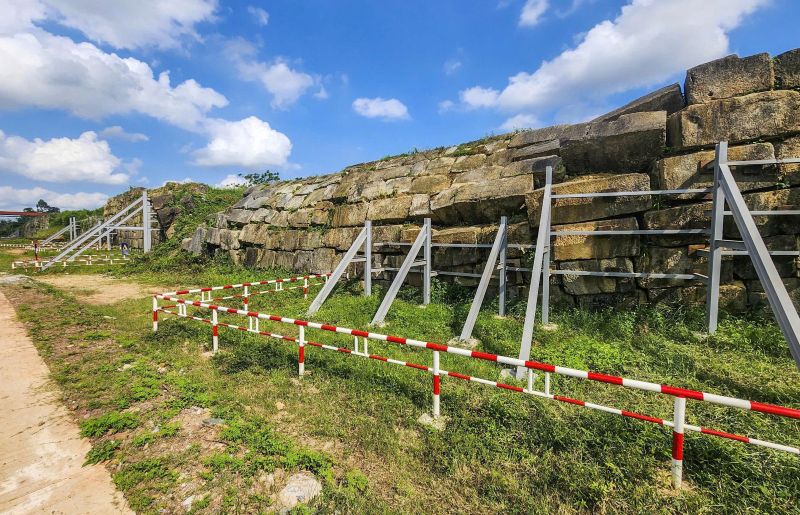
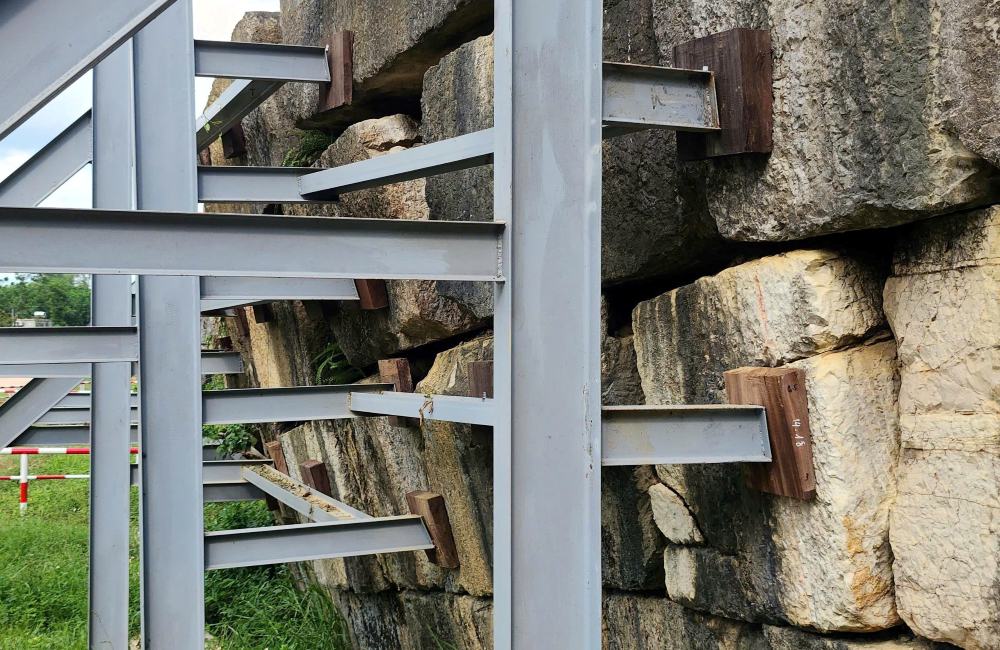
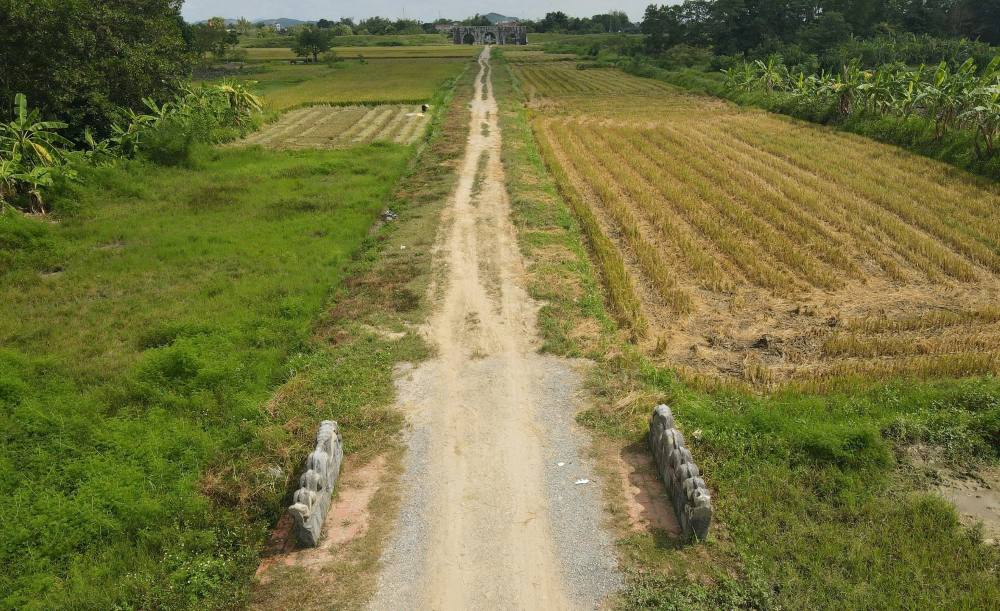

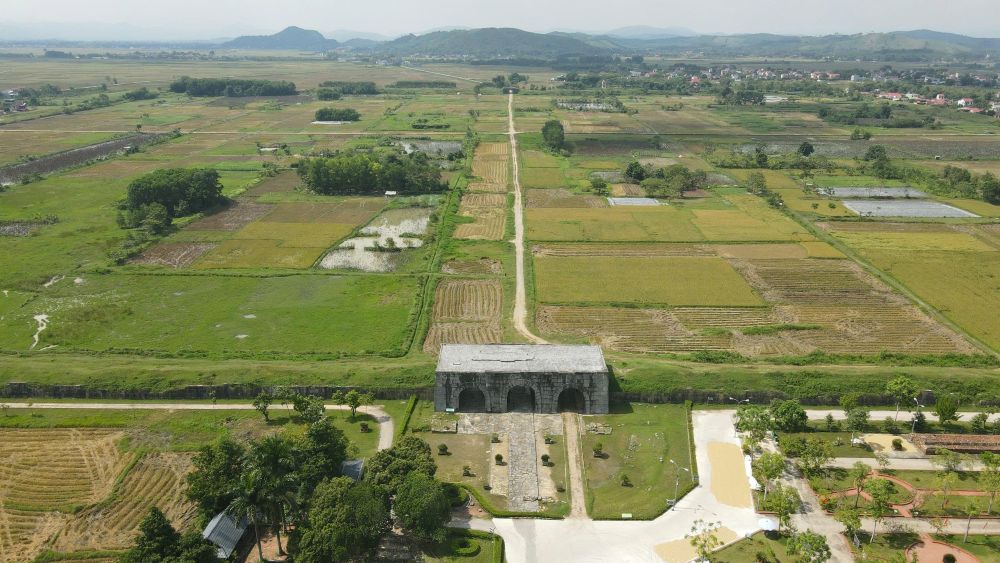
Ho Ho palace (also known as Tay Do palace) in Vinh Long and Vinh Tien communes (old Vinh Loc district) - now Tay Do commune, Thanh Hoa province) was built by Ho Quy Ly in 1397. This is one of the most unique stone architectural works in Vietnam and the world. This place was once considered the capital, cultural, political and social center of the Northern Hue under the Ho Dynasty.
After more than 600 years, the Imperial Citadel area of this massive structure has been preserved quite intact.


